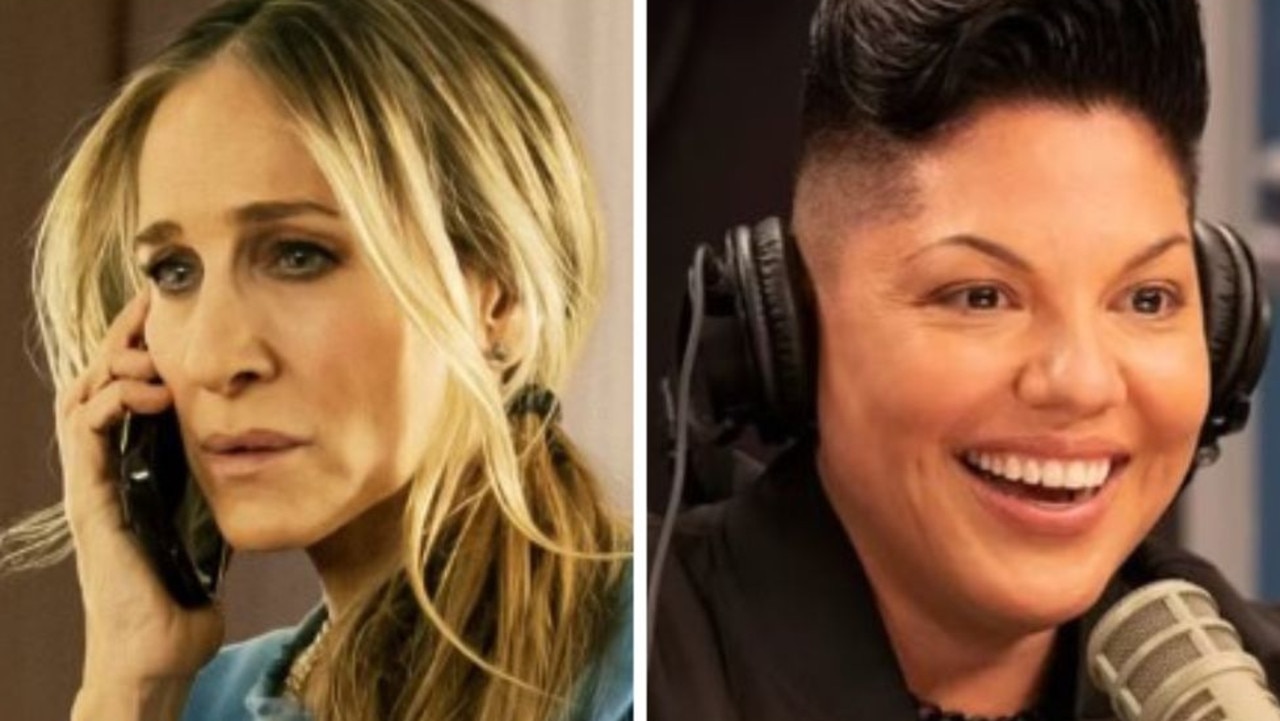The creators of The Last of Us face an intimidating challenge: adapting the original game’s sprawling, complex sequel
Its first season was an undisputed success, but the writers of HBO’s newest hit face an incredibly hard choice going forward.

The TV adaptation of The Last of Us is indisputably a success.
The show remained popular with both critics (96 per cent on Rotten Tomatoes) and viewers (consistently strong ratings) throughout its first season, defying the anxieties of longtime fans who feared something would be lost in the translation from video games to television.
Naturally, then, it is going to continue. HBO was confident enough to order a second season after just two episodes had aired, and writers Craig Mazin and Neil Druckmann have already started working on it.
Happy days. Yet it must feel daunting. Because having toiled so hard to make The Last of Us an instant success, Mazin and Druckmann now face an even greater challenge: figuring out how to adapt the original game’s sprawling, complex sequel, The Last of Us Part II.
The degree of difficulty is far higher.

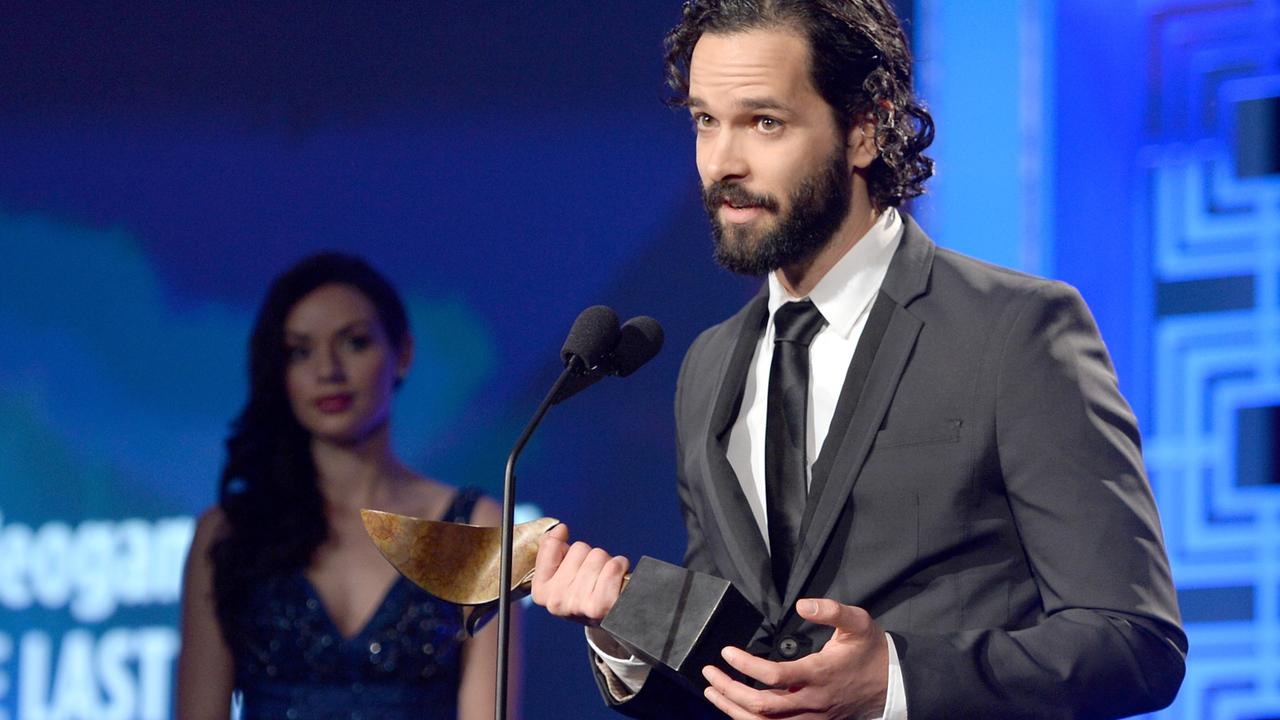
Season one of HBO’s adaptation - which streams locally on Binge - covered the same events as the first game, whose relatively straightforward plot unfolds over about 15 hours and, helpfully, is structured in neat chapters, comparable to the episodes of a TV drama.
Part II is a whole other kettle of cordyceps. It’s significantly longer, for a start, taking 25 hours or so to complete. It is structured in a way that will be harder to translate to a different medium. And it carries other challenges to which I can’t even allude without straying into humungous, whopping, massive spoiler territory.
So, with that in mind, here is a BIG, SHOUTY warning: from this point on, we are in full spoiler mode, not just for the TV show but for its source material as well.
If you haven’t experienced both video games, in full, it’s time to go. Unless you are the sort of sociopath who googles the plot of something before watching it, in which case, do feel free to read on.
‘A much bigger, more complicated story’
Speaking at one of the red carpet premieres for The Last of Us, back in that nervy period before the show aired, Mazin acknowledged the difficulty of adapting Part II.
“It’s a big animal to take apart, you know? Because it’s a much bigger story, and it’s a more complicated story. I think it’s a beautiful story,” Mazin told IGN.
“So Neil and I are just now figuring out how to – because it’s more than a season’s worth of television, for sure.”
The implication there, since confirmed by the writers multiple times, was that Part II’s narrative would unspool over at least two seasons. And not just because of its length, but because of its complexity.
The original game examines complex themes but its plot is straightforward: Joel takes Ellie across what used to be the United States to deliver her to the Fireflies, who believe they can use her immunity to the civilisation-ending cordyceps fungus to create a cure.
It’s mostly two people going from Point A to Point B, and it’s mostly in chronological order.
The seemingly cliched plot is subverted when Joel, who has come to love Ellie like a daughter, refuses to let the Fireflies perform their deadly operation on her. He murders the doctors, stealing her away and ending the only hope for a cure.
He then lies to Ellie about what happened, telling her the Fireflies had stopped looking for a cure and her immunity didn’t matter.
The Last of Us hinges on us believing the relationship between Joel and Ellie and loving both of them, so if done poorly, it could absolutely fail to work. But structurally, this story is about as adaptable for television as any video game ever made. It was halfway to being a premium HBO drama before Mazin and Druckmann wrote a word together.
That is less true of Part II, which splits its story between two characters in a way that simply may not translate well to television.
Stream The Last Of Us on Binge. New customers get a 14-day free trial and start streaming instantly. Sign up at binge.com.au
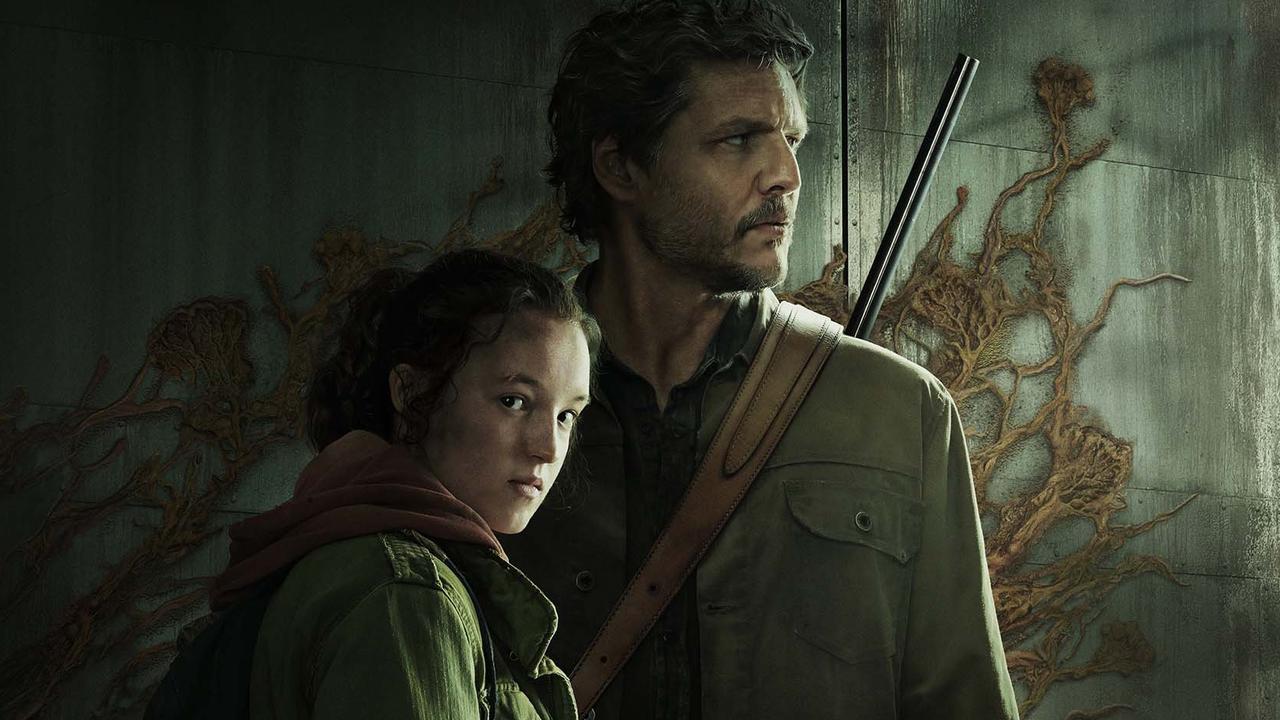
LAST WARNING: Spoilers spoilers spoilers
The sequel examines the traumatic fallout from Joel’s actions at the end of the first game - both his murder spree and his lie to Ellie.
The inciting incident for everything is Joel’s death. He is brutally murdered early in the game by a young woman named Abby, the daughter of the surgeon he killed while rescuing Ellie at the end of Part I.
Ellie witnesses the murder, unable to help, and her grief, rage and trauma drive her to seek revenge against Abby.
The agency problem
But just as the original The Last of Us was not a story about curing a zombie plague, its sequel is not merely a story about revenge. It plays with the player’s perspective, and crucially their agency, in a way that television can’t.
In the game, you’re not just sitting and watching things play out on a screen; you are the character, and you’re doing those things yourself.
For the first 15 hours or so, you play as Ellie while she hunts Abby, feeling the same righteous anger she does. Then, at a key moment of drama in the story, there’s a point of view flip: you’re thrown three days into the past and take control of Abby, reliving the same days and some of the same events from her perspective.
The experiment is this: having spent so long despising someone (the equivalent of one-and-a-half seasons of TV once you count up all the hours), can you bring yourself to empathise with them? Once you realise that Abby killed Joel for the same reason you were hunting her, can you forgive her? And when your perspective eventually shifts back to Ellie hours later, and she’s still bent on revenge, will you still want Abby dead?
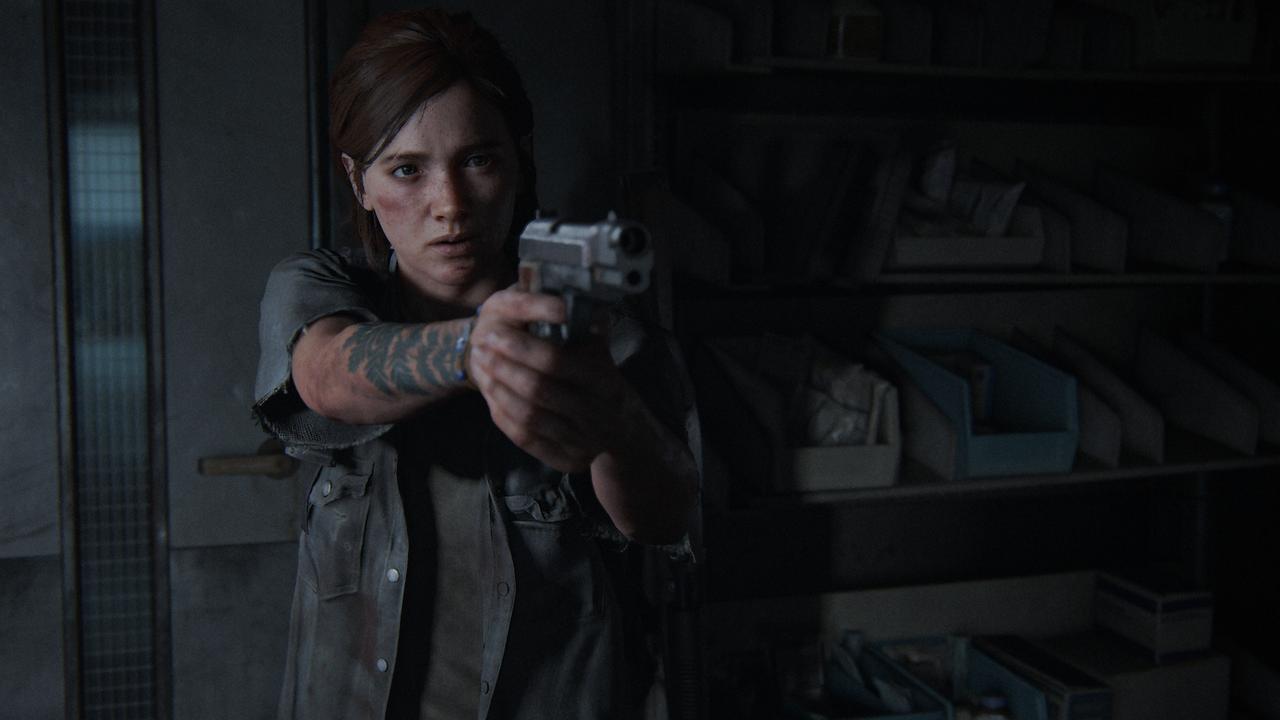
The perspective shift was difficult enough for players to handle; the prospect of embodying Abby was so unappealing that some reviewers spoke about losing the will to keep playing at that point in the story.
So how are Druckmann and Mazin going to make it work on television? How will they make passive viewers feel the same way as active players?
Druckmann, having worked on this franchise from the beginning, understands the advantage games have over other forms of media in this regard.
“We haven’t figured out quite how to articulate it, but there is something that happens when you’re playing a character. You immediately empathise with them. There’s almost a shortcut, compared to another medium,” he said recently, in the context of season one.
So which route does HBO take? Do Druckmann and Mazin show us events from Ellie’s perspective for half a season, then swap to Abby and a whole other cast of characters for the second half? That would risk turning off viewers, who’d be tuning in first and foremost to see Bella Ramsey’s character.
Do they instead sprinkle both perspectives throughout an entire season, showing us Ellie and Abby’s stories concurrently? That would rob the perspective shift of its original intent, as we would come to empathise with Abby too early in the story.
This structural dilemma doesn’t have an easy answer.
Lost in the darkness
Another factor that makes Part II harder to adapt is also the reason some players bounced off it: it’s just so relentlessly grim.
Ellie spends almost the entire length of the story in an awful mental state. She suffers from intense PTSD and survivor’s guilt. The violence is more confronting than in season one, and it’s often being perpetrated not against Ellie, but by her. In flashbacks, we see the gradual, brutal deterioration of her relationship with Joel. There’s little let-up.
None of this is without purpose, and buried under all the misery is a sneakily beautiful story about forgiveness (particularly self-forgiveness). I am of the opinion that Part II’s deliberately ambiguous ending is a hopeful one.
But any TV adaptation that doesn’t lighten the mood considerably is going to ask viewers to slog through a heck of a lot of pain and horror, without much reward, for the better part of two seasons.
HBO should learn from the marketing for the game, which created inaccurate expectations. It framed Part II as almost exclusively a story about revenge, and about the corrosive cycle of destruction violence can cause, with each person’s righteous anger causing another’s trauma.
All of that stuff is in the game, but it’s shallower and less compelling than what’s going on inside Ellie’s head.
The game’s marketing also tried to mask the seismic twist of Joel’s death by inserting him into scenes where, in the actual story, he was long dead. Big no no.
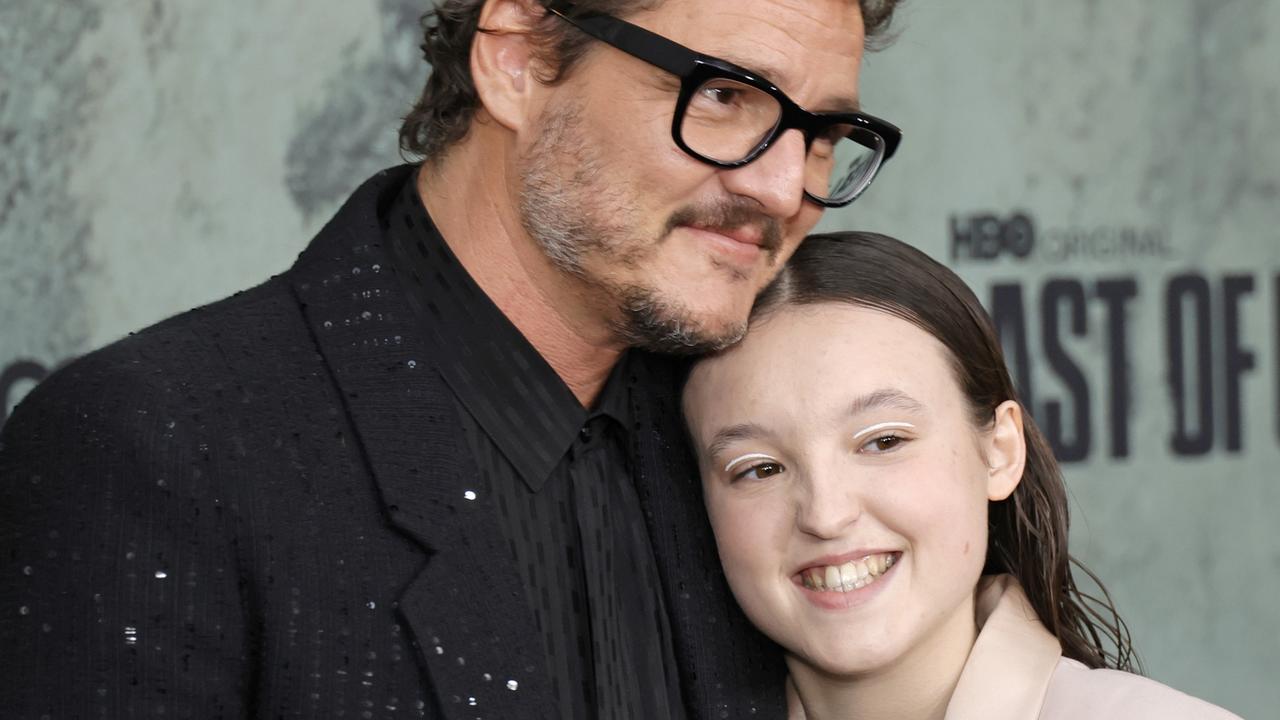
Which brings us to one last potential headache: the viewer reaction.
The story of the original The Last of Us was about as close to universally loved as it’s possible to be. Part II was, and still is, far more divisive.
Not among critics, mind you, who adored the sequel and frequently hailed it as a “masterpiece”. Before a little cultural phenomenon called Elden Ring came along last year, Part II was the most awarded game of all time.
Consumers, though, were bitterly split. While Part II sold well (more than 10 million copies), and you’ll find it on many a gamer’s list of most beloved titles, a vocal minority hated it with a level of venom we tend to see only in the geekier corners of pop culture.
Think of the reaction to something like The Last Jedi or the final season of Game of Thrones and you’re in the same basic ballpark. The game was relentlessly review bombed – hence the eye-catching split in its Metacritic numbers, with a critic rating of 93 and a user rating of 5.8. Internet forums seethed about perceived plot holes and the writers’ apparent “political agenda”. Those writers, particularly Druckmann, received an avalanche of abuse, with the occasional death threat thrown in. So did the voice actress who played Abby.
The leaking of key plot details (including Joel’s death) before the game’s release may have contributed to the anger, leading some would-be consumers to make up their minds about the story before actually experiencing it.
But ultimately, the elements that so infuriated a chunk of the games’ fanbase are all going to be in the adaptation as well. How will a TV audience respond to them?
There are reasons to be optimistic.
Episode three of this season, which was almost entirely devoted to a romance between two middle-aged men - the sort of thing darker parts of the internet tend to consider unacceptably “political” - was well received and followed by a surge in viewership.
Another HBO series, Game of Thrones, famously proved it was possible to kill off a beloved main character without driving people away (and unlike Thrones, this show is willing to make liberal use of flashbacks).
The story of Part II asks a lot of you. It’s one gut punch after another with barely any relief. Mazin and Druckmann obviously understand the hidden beauty of it all, but can they convince the audience to endure two seasons of misery to find it?
The Last of Us is available to stream on Binge


